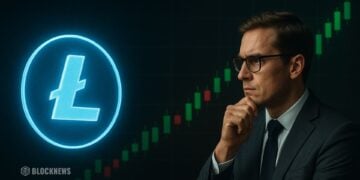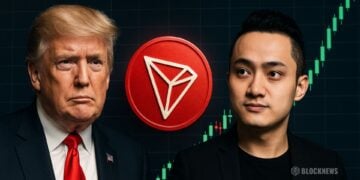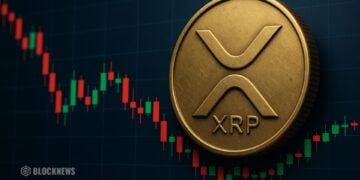- Charles Hoskinson proposes converting $100M ADA into USDM stablecoins to boost DeFi liquidity and grow Cardano’s ecosystem.
- The plan includes a yield-driven cycle to reinvest profits back into the treasury, possibly attracting VCs like a16z and Pantera.
- Hoskinson criticized the Cardano community’s inaction, urging them to use governance tools like Intersect to move the vision forward.
In a recent AMA, Cardano founder Charles Hoskinson pitched a pretty bold idea—turning $100 million worth of ADA into USDM, Cardano’s own native stablecoin. Yeah, that’s not pocket change. The goal? To jumpstart liquidity and really get Cardano’s DeFi scene moving. With about 1.7 billion ADA sitting in the treasury right now, Hoskinson thinks tapping a portion of it could spark major growth across the ecosystem.
“We could convert a hundred million ADA into USDM,” he said. “Then, build up the trading and TVL with proper infrastructure behind it.” Not just another proposal—it’s more like a challenge to take DeFi on Cardano to the next level. And if things go right? Could be a huge move.
A Flywheel Model—Make Liquidity Pay For Itself
Hoskinson isn’t just talking liquidity here. He wants the whole thing to be self-sustaining. If this $100 million gets converted and deployed correctly, he says the yields could float somewhere between 5% and 10% annually. The plan? Use the profits to buy back ADA and funnel it right back into the treasury. That way, the fund grows instead of drains.
“You get those returns, buy ADA, give it back to the treasury,” he said. “Simple.” Maybe not that simple—but you get the idea. And folks on X (formerly Twitter) seem to be warming up to it, judging by the buzz.
Big Players Could Be Lurking
Hoskinson also tossed in another spicy bit: this whole strategy might just catch the eye of heavy-hitting VCs like Pantera Capital or a16z. According to him, deal sizes could be anywhere from $25M to $45M if structured properly. Imagine a fund where profits feed the Cardano treasury. That’s not just sustainable—it’s pretty genius, assuming it gets executed.
“There’s so much potential,” he said. “We just need to act.” So far, the market hasn’t blinked hard, but inside the Cardano circles, the talk is definitely heating up.
A Wake-Up Call to the Cardano Community
Hoskinson didn’t hold back on calling out his own people either. He vented about how Cardano’s community is kinda sitting on its hands, especially when it comes to using existing infrastructure like Intersect—a governance body meant to handle exactly this kind of treasury initiative.
“Intersect was literally built for this,” he said, sounding a little fed up. He even mentioned missed shots, like bringing Circle’s USDC to Cardano, which never panned out due to what he called poor follow-through. Friction inside the camp might be slowing the whole thing down.














